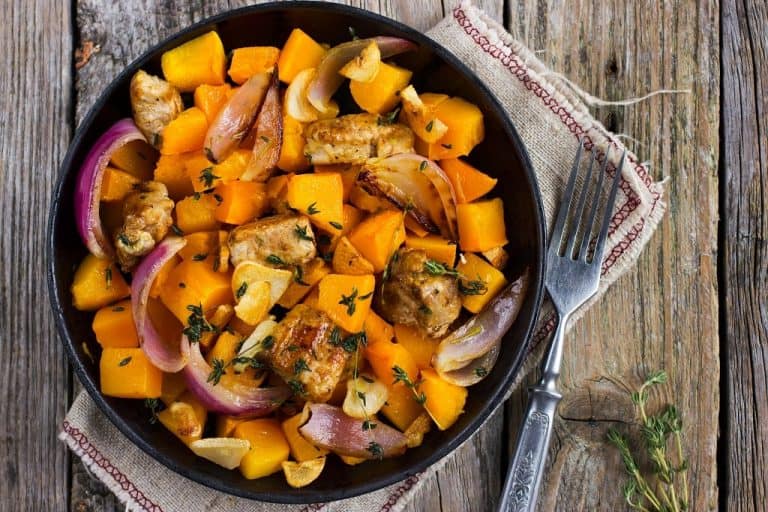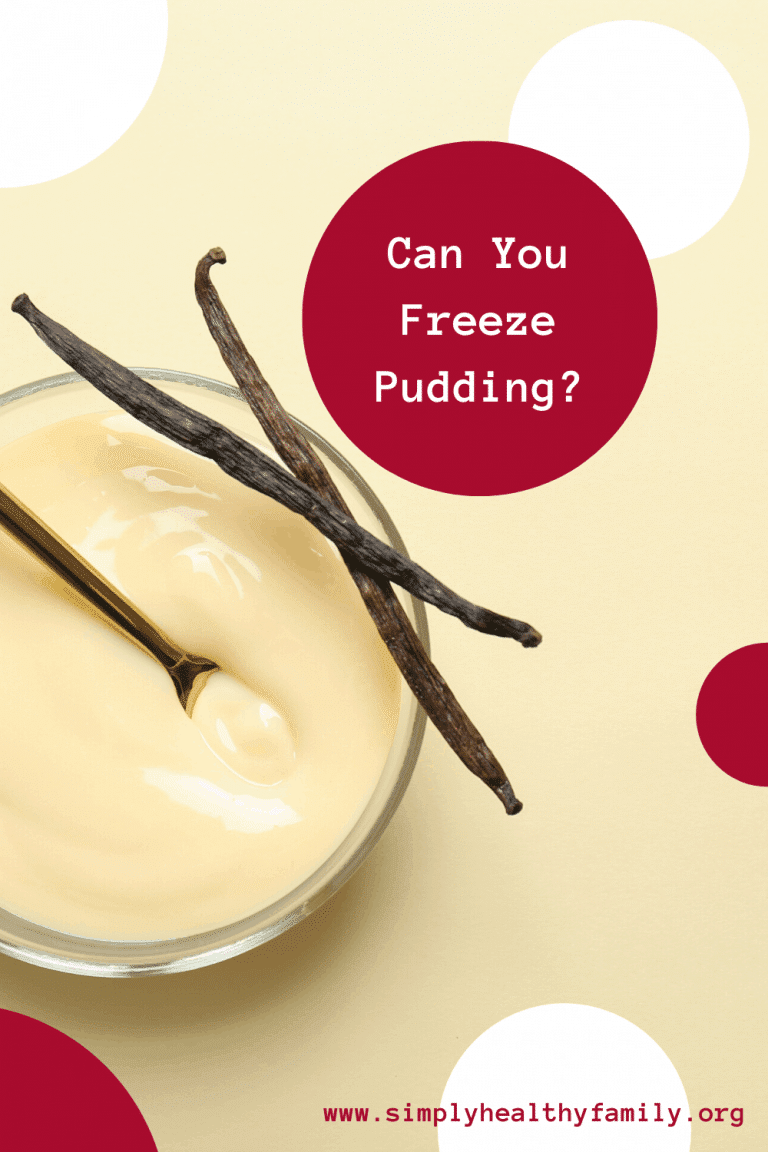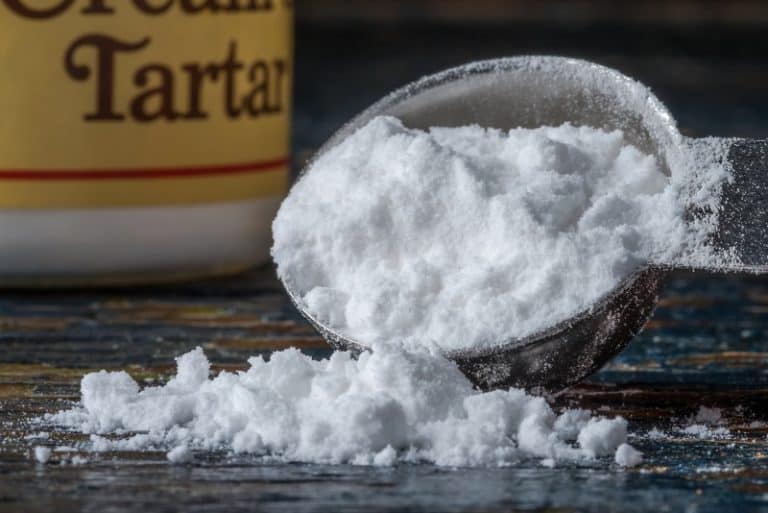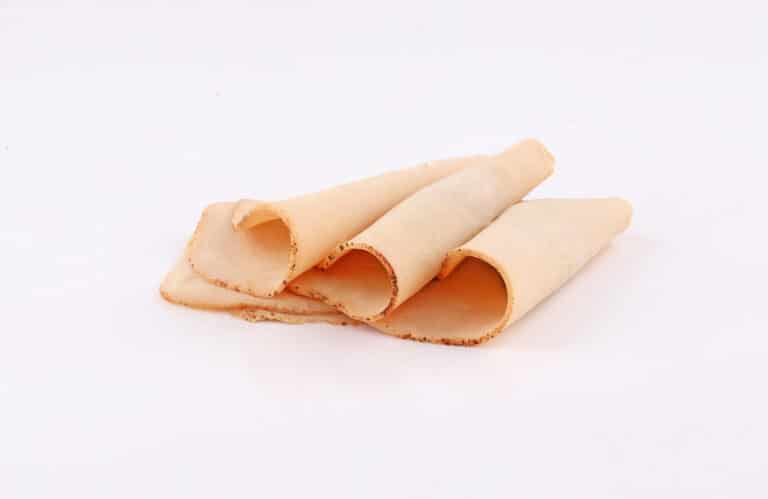What Does Acorn Squash Taste Like? How To Store And Cook It?
Acorn squash is available all year round but it’s usually at its cheapest during the autumn season. This vegetable may not be the biggest out there but I can tell you that acorn squash is packed with nutrients.
You can use it for many purposes, too. You can bake, or sauté or steam it. You can also puree it into a soup or use it as a bowl. And once cooked, acorn squash is filling enough to satisfy you.
But what does acorn squash taste like? Would you or your family members even like it?
What is an acorn squash?

an acorn squash
Obviously, an acorn squash looks like an acorn which explains the name.
Acorn squash or pepper squash is one of the numerous types of squashes. Aside from acorn, other squashes types include pumpkin (which I think is the most popular), carnival, butternut, and banana.
An acorn squash has a thick, dark green skin and vertical ridges. But there are other varieties with a golden skin. The flesh is typically colored orange-yellow.
Compared to other squashes, an acorn squash is pretty small. It usually weighs 2 pounds with the length ranging from 4 to 7 inches.
How does it taste like?

fried rice with Acorn Squash and spoons on the table
Acorn squash has a very mild buttery taste. Compared to pumpkin, it has a slightly sweeter flavor. It lacks the bolder intensity of pumpkin so I wouldn’t be surprised if you find its taste a bit bland.
But what makes acorn squash a favorite of many cooks is that it can accommodate other flavors easily. It can also be cooked in different ways, from sautéing, roasting, or steaming. And thanks to its bowl-like center when halved, you can also use it for stuffing.
I personally like to roast acorn squash then add sesame seeds, cumin, and coriander.
What are the health benefits of the acorn squash?

acorn squash soup and spoons on the table
While small, an acorn squash is packed with nutrients. It is rich in vitamins A and C as well as potassium and antioxidants. Incorporating acorn squash in your diet can greatly reduce your risks for diseases like diabetes and cancer.
As I mentioned, acorn squash is rich in vitamin C. We all know that it can boost our immune system, especially in fighting off colds and flu. It can also help the body combat infections.
Acorn squash is also one of the top sources of potassium. As such, it can help maintain normal blood pressure. It can also lower your cholesterol.
Acorn squash is rich in antioxidants which can lower risks for certain cancers.
You can also improve your skin condition when you eat more acorn squash. Vitamin C, for one, can increase the body’s production of collagen which can make your skin look radiant.
How to buy the acorn squash?

acorn squash on the table
So how would you buy acorn squash? What are the things that you should look for when shopping for this vegetable?
The first thing you should look for is the color of the acorn squash. A ripe acorn squash has a dark green color. Basing from experience, I can say that the darker the color of the vegetable the more likely that the vegetable has a strong flavor.
You should also look at the stem of the vegetable. It should have a dry stem.
But what if the stem has been cut off? Well, you should press the squash gently. If the skin is firm, then the vegetable is ripe.
I would discourage you from picking an acorn squash with a skin that is more on the orange side than green. It’s an indication that the squash is overripe, which yields a dry and stingy flesh.
A ripe acorn squash is also heavy for its size. It shouldn’t have mold, dark spots and other blemishes as well.
Storing the acorn squash

an acorn squash, a knife and sliced acorn squash on the chopping board
You can keep the fresh acorn squash in the ref but it will only last for 1-2 weeks. If you want to keep in longer for a month or so, look for a storage area with temperature levels ranging between 50 and 55 degrees Fahrenheit.
Don’t keep the acorn squash in an area that is cooler than 50 degrees F as the vegetable will suffer from chill damage.
Cooked acorn, meanwhile, has a shorter shelf life. When stored in the ref, it will only be safe for eating within 3-4 days.
Cooking acorn squash

an acorn squash, a knife and sliced acorn squash
You don’t need to be an experienced chef to cook acorn. It’s one of the easiest vegetables to prepare for cooking.
I would usually split the acorn squash into two using a sharp knife. After scooping out the seeds with a spoon, I would cut and clean the squash. Then I bake this in the oven.
Just be careful in cutting the acorn squash because it can be quite difficult to do so. You will need some excellent grip strength and yes, a sharp knife to cut the acorn squash in half.
Conclusion
As they say, good things come in small packages. Acorn squash is like one. It may be small but it is very nutritious and delicious. And as you have learned, it is relatively easy to cook and store.





